Venice is an interesting monument in the evolution of history. Founded by Romans who were fleeing from Lombard attacks, those first citizens chose to start their new city on 117 small islands in the middle of a lagoon in northern Italy sometime around 421 AD. A little more than 500 years later Venice was a flourishing city state, and 500 years after that it was the head of a massive trading network projecting wealth and military power all over the Mediterranean. In order to maintain such a powerful position the Venetians needed a proportional amount of firepower, some of which was on display at the Doge’s Palace in Venice. And, being the good blogger that I am, I snapped some pictures for you lot.
The first weapons of Venice were the same weapons that had been used for thousands of years; spears, axes and swords. Interesting, but not really relevant to the site. In 1303, crossbow practice became compulsory for all citizens in the City of Venice. Sometime around the 15th century “proper” firearms became the mainstay of the Venetian professional army, being too complicated and unwieldy to require the common citizen to be familiar with. While the mechanism behind those firearms was the same as we know and love today, the form of the guns was still a touch medieval.
Early firearms were notoriously inaccurate, finicky, and slow to reload. It was a big and heavy object that could only really work once in a fight, and so the ancient Venetians came up with a couple clever solutions. My personal favorite is the firearm within a mace in the middle of this picture, using the heavy barrel of early firearms to the owner’s advantage and using it to beat the ever-loving crap out of his opponent. Other noteable ingenious solutions are the hatchet guns, the sword guns, and the early revolver (lower left) with revolving barrels.
The displays at the Doge’s palace (Il Doge being akin to the mayor of Venice) were mostly pretty neat wheel lock firearms. Rather than having a piece of flint moving to strike a stationary piece of steel (as in the flintlocks of the 17th and 18th centuries) it was instead the steel which moved. The steel, in this case, was a round wheel against which the flint (or iron pyrite in this case [thanks for the assist Wade!]) was held by a metal spring. Wheel lock mechanisms were one of the first popular “reliable” ignition sources (after the match lock, which had a tendency to go out when it was needed most) and were popular around the 1500-1600s.
While the guns themselves were nifty, it was the craftsmanship of these pieces that absolutely blew me away. Take this wheel lock rifle, for example. Not only is the wooden stock absolutely beautiful, but the rear aperture is in the shape of a finely sculpted lion. The lion, by the way, is the symbol of Venice. More technically the winged lion of St. Mark, for whom the square outside the Doge’s Palace is named, but a lion on a rifle is still pretty pimp.
Even the long guns that weren’t destined for noble hands were well decorated. More elaborate than any arsenal mark seen since the 1700s, each of these match lock muskets was a work of art in its own right. No two were identical, each one having the parts individually made and matched to the gun and non-interchangeable. In fact, the only thing interchangeable about these guns was the ammunition, and yet they were the arms that helped create the great Venetian empire.
The thing that I kept thinking while walking through the armory is that guns these days don’t seem to have nearly the same quality to them as these examples do. Even picking up a rifle made today and a rifle made 40 years ago the difference is palpable. The art of gunsmithing may have been lost to the mass production and high profit margins of today, but a fine firearm is still a thing of beauty. If you can find one, that is.

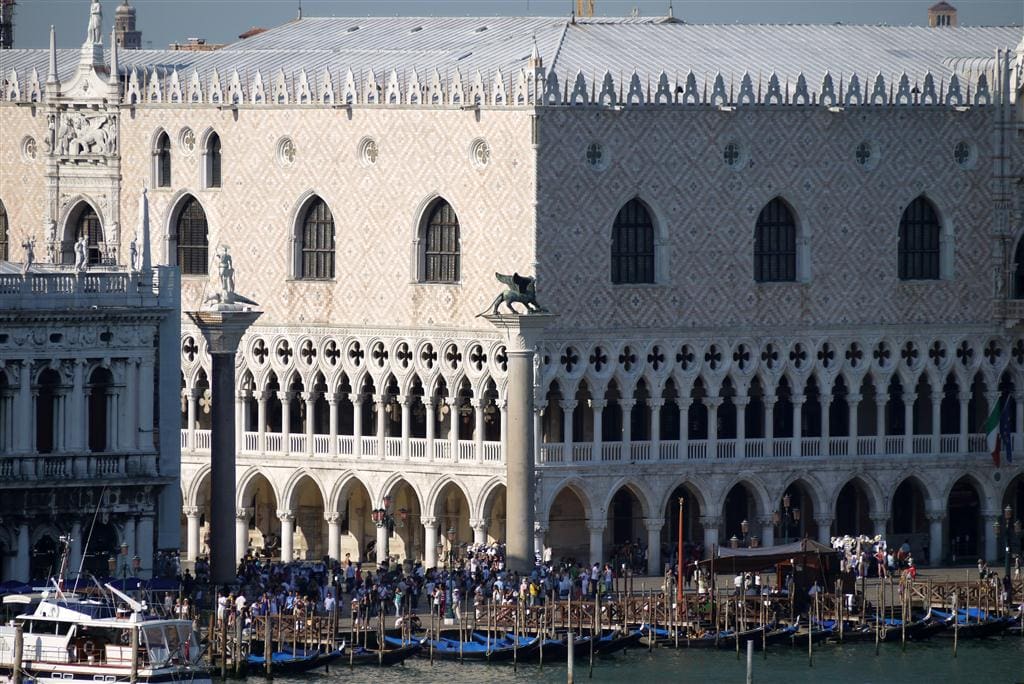
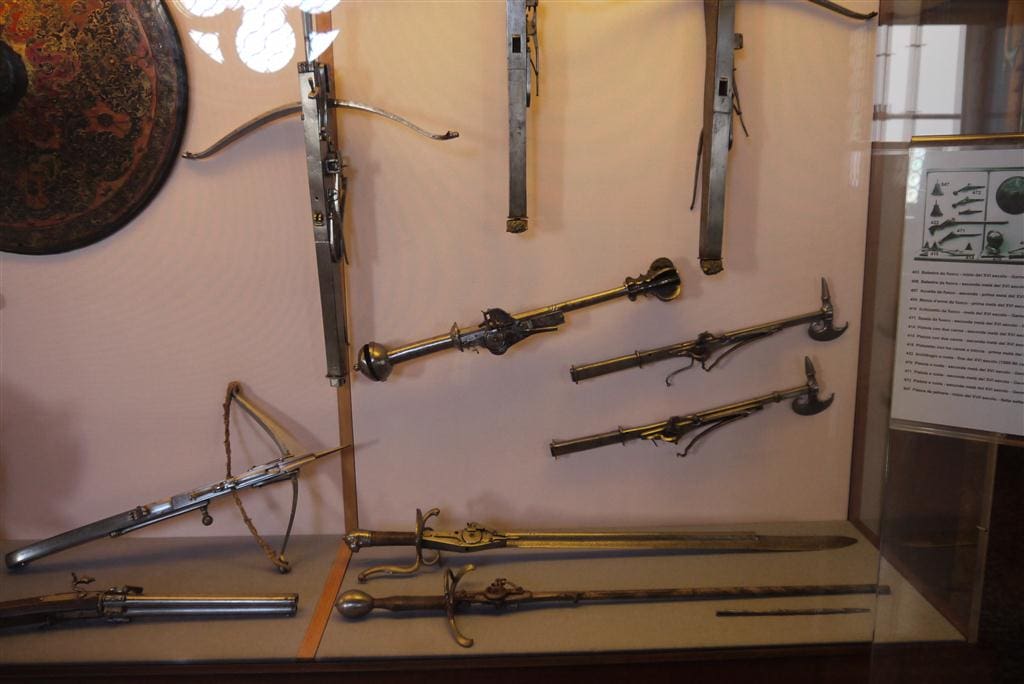
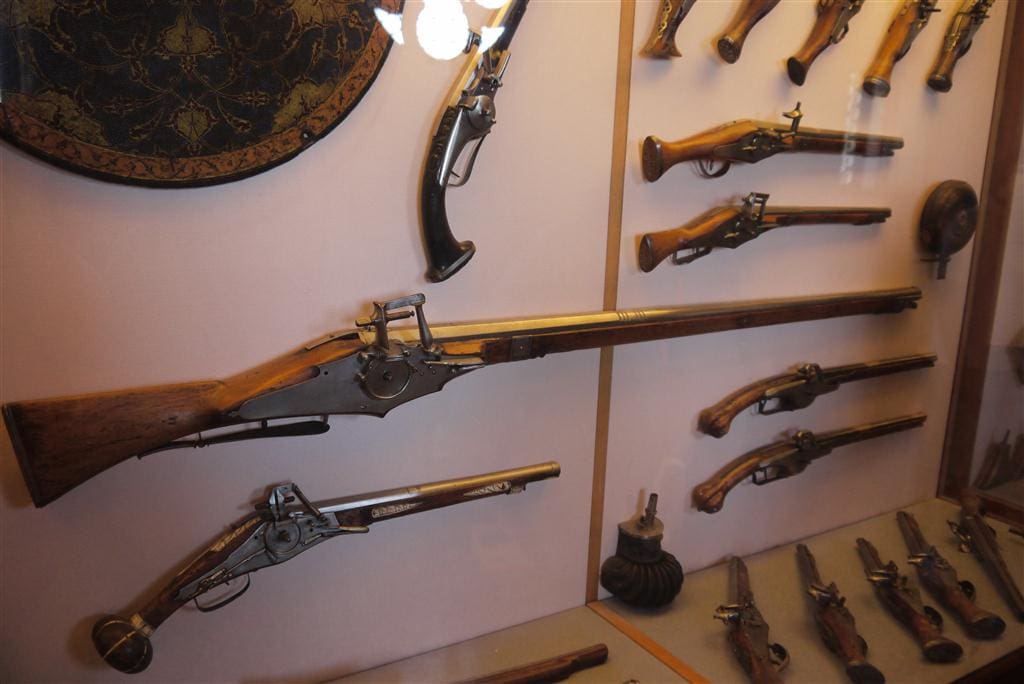
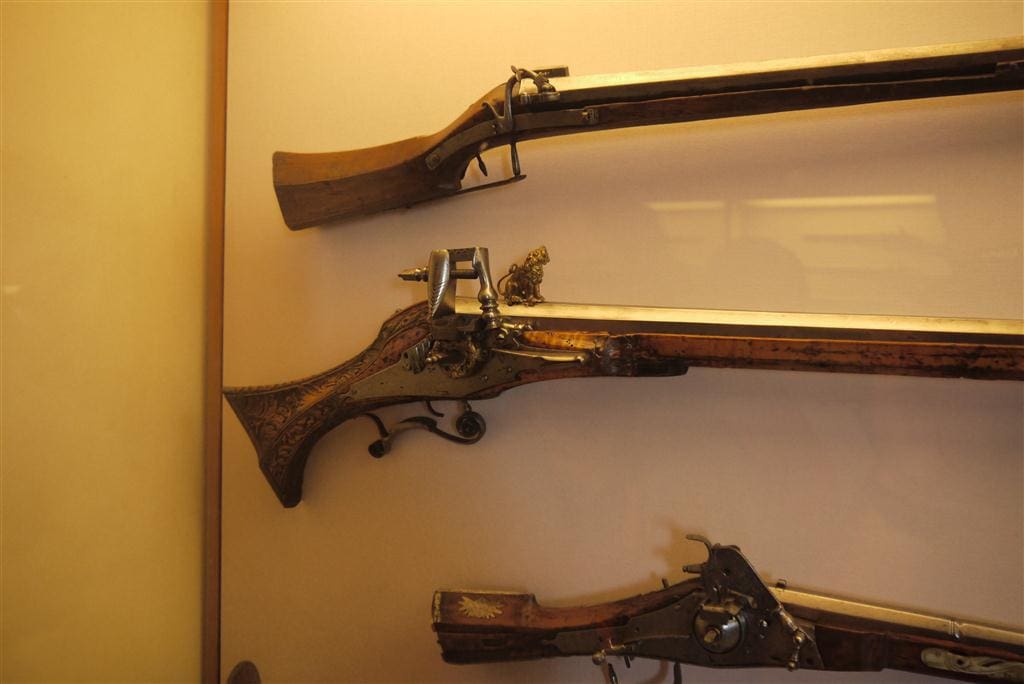
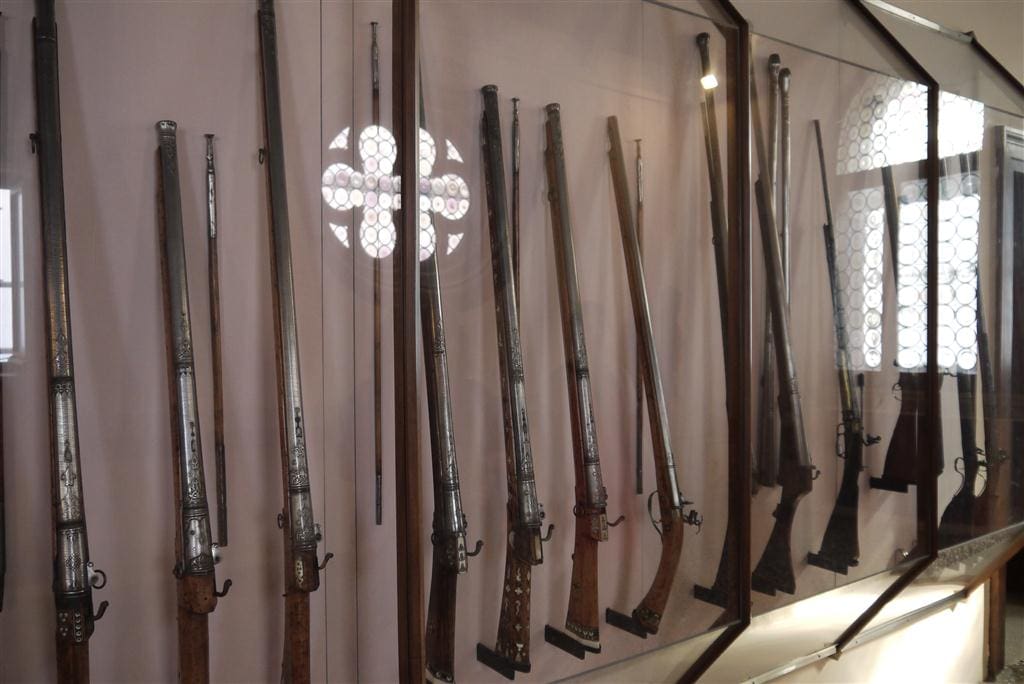



Excellent article. but I have to correct you on one minor detail; wheel-locks used iron pyrite, not flint, as it was too brittle. And I believe there was a snaphaunce lock in there somewhere
Noted and fixed, thanks for the info!
Thanks for tolerating my accuracy-nazi-ism!
Anyone here wanna see Michael Caine in his prime, kicking ass with a wheelock? (as well as just plaing being a badass in one of the least-seen and most underrated historical epics) – see the Last Valley.
great entry Nick, your historical analysis is quite well done, we all should be grateful that we live in an era where we do not have to depend of the use of weapons like this, i know i sure am.
Great job Nick, there were some amazing craftsman back in the day. This also proves that no law will ever stop guns from being produced, because some guy a with simple machine shop can turn out as many guns as he pleases and no silly law or ban will ever change that.
Indeed, one these days can’t simply walk to the marketplace and find a weapon maker in the historical sense. Certainly, a person today could buy a quality firearm and tailor it to his liking, whether that be a tacticool AR or a lever-action rifle with customized engraving. But I also feel it’s not quite the same.
Walking into a gun store today, you’ll find racks and shelves of the same basic guns rather than unique signatures of a particular craftsman.
I once saw some rifles from a German gunsmith named Gottfried Prechtl that had beautiful engravings like the muskets Nick Leghorn saw. Has anyone else heard of these rifles?
Thanks for the article and pictures. I agree with you comments, the “art” of gunsmithing may be lost.
The times I been able to view similar firearms, always blown away.
I enjoyed your article. Thanks for sharing your experience and knowledge.
Not only is the wooden stock absolutely beautiful, but the rear aperture is in the shape of a finely sculpted lion.
If only someone made those with Weaver mounts, they’d be the most boss BUIS ever.
The Beretta company was established in 1526, when gunsmith Maestro Bartolomeo Beretta was paid 296 ducats for 185 arquebus barrels by the Arsenal of Venice.
Wikipedia.
Beretta still has the original invoices.
Nice article. Really liked the photos. The wife and I didn’t get to tour the Doge’s Palace in the limited time we had in Venice. Was the armory very extensive?
To see how tedious the reloading process can be on a medieval crossbow, here is the video to one I built. No, the craftsmanship is absolutely not up to the museum examples!
http://www.youtube.com/watch?v=wz8kpSuQeFk
There wasn’t really a lot to the armory, you didn’t miss much.
The government offices, however, were astounding. They were rebuilt after a fire in 1577, so most of the artwork is of that beautiful “high renaissance” era. The ceilings especially were simply amazing.
Nick, Did you see anything else while you were in Italy? Or did you go just for the guns?
Of all the things I saw on this trip, I think wandering through the Vatican museum and admiring the various stolen artwork was the absolute high point.
Guns were only a footnote. They popped up about 4 times in 12 days. But something tells me that this site isn’t interested in my snaps of Dubrovnik or Taromina.
the Vatican museum with various stolen artwork? you’re confusing with the Louvre!
Comments are closed.